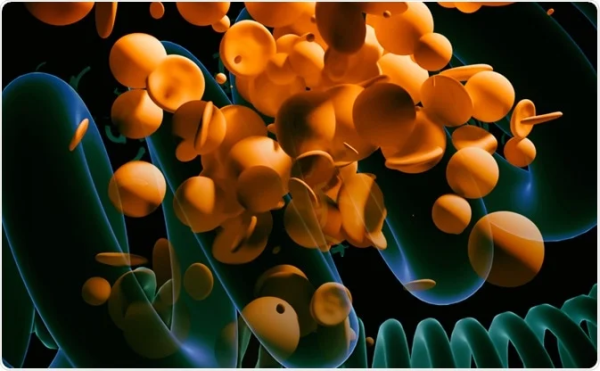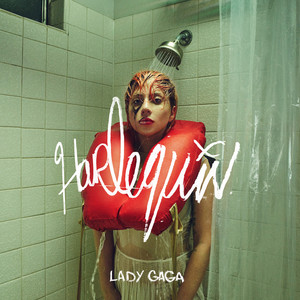
Courtesy of News – Medical
Imagine sipping on a refreshing pepsi-cola on a hot summer day, completely oblivious to the nanoscopic particles diffusing into your brain. The word “nanoparticle” is a broad term, as it relates to the size of a substance rather than the composition of the substance. Nanoparticles are ultra-fine units ranging in size from 1 – 100 nanometers (TWI). Compared to a molecule or an atom (0.1 nanometers), a nanoparticle is only 10 times the size of a singular atom; making nanoparticles undetectable to the human eye.
Recent studies found fluorescent nanoparticles (NPs) in popular drinks such as Pepsi-Cola and Coca-Cola. The types of particles found in these sodas are known as foodborne nanoparticles — caused by a food or drink contaminated with bacteria or toxic substances.
These particles contain hydrogen (H), carbon (C), and oxygen (O), and are known to be taken up by any living cell accumulating within the cell membrane and cytoplasm. Researchers tested mice to observe the effects of these particles finding no visible damage. However, what is alarming is that the NPs were traceable in the blood-brain barrier, signifying that the NPs were able to cross and disperse into the brain which could eventually lead to metabolic dysfunctions, ultimately providing a gateway for toxic substances and other chemicals to enter the brain. This recent discovery of NPs in our drinks has given insight into the physicochemical properties of the fluorescent nanoparticles and their toxic characteristics both in a test tube/controlled setting (in vitro) and in a living organism (in vivo) (PubMed).
Even though the discovery of nanoparticles is still relatively new in the sense that much research is still underway in the realm of toxicology studies, there is some known correlation between the ingestion of such nanoparticles and human health. Based on previous research, NPs have been known to have relatively high risk effects on human systems and underlying mechanisms such as “ROS accumulation, mitochondrial damage, inflammatory reaction, apoptosis, DNA damage, cell cycle, and epigenetic regulation” (National Library of Medicine). All dysfunctions that can lead to long term health problems if left untaken care of.
These recent discoveries have concerned the general public as the number of unknowns only increases. To understand that these particles can diffuse into our brain and disrupt our metabolic functions is simply frightening. Research is currently underway in the hopes of both finding how these nanoparticles affect us, and how to allocate the detrimental effect these particles may cause. Some researchers argue that the public need not worry much based on animal testing as only “highly susceptible organisms” are at risk from being negatively affected by NPs.
However, I believe it is necessary to take precautions, and it is important for us to limit our soda intake until further information is reported. My science teacher, Mr. Marrone agrees as he says, “this can’t be good,” if NPs are infiltrating our blood brain and interrupting brain functions. Nanoparticles’ tendency to get trapped within bodily organs is a fact to consider. For all we know, these particles can disrupt the way we age and our respiratory tracts, causing pulmonary inflammation and oxidative stress. It’s important to stay up to date and informed, understanding what we put in our body and what we encourage to be sold for consumption.
While the full extent of the impact nanoparticles in soda may have on human health is still being explored, it’s clear that staying informed and cautious about what we consume is crucial. Taking steps to limit soda intake until further research provides clarity is the smarter choice, especially when the potential risks involve our brain and overall health of our being.
Websites Used:
- https://www.twi-global.com/technical-knowledge/faqs/what-are-nanoparticles#:~:text=A%20nanoparticle%20is%20a%20small,to%20their%20larger%20material%20counterpart
- https://pubmed.ncbi.nlm.nih.gov/29261040/
- https://www.ncbi.nlm.nih.gov/pmc/articles/PMC10349198/#:~:text=In%20recent%20years%2C%20the%20toxic,and%20cancer%20(Table%201).
- https://ec.europa.eu/health/scientific_committees/opinions_layman/en/nanotechnologies/l-2/6-health-effects-nanoparticles.htm#:~:text=Nanoparticles%20have%20the%20potential%20to,be%20toxic%20to%20the%20brain.






























